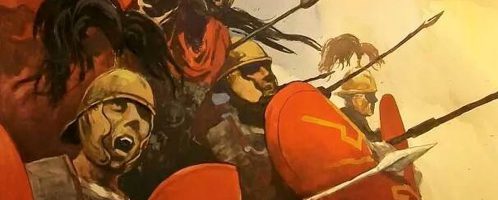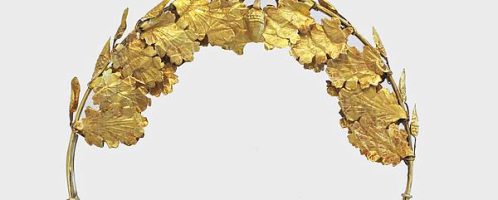If you have found a spelling error, please, notify us by selecting that text and pressing Ctrl+Enter.
Curiosities of ancient Rome
The world of ancient Romans abounded in a number of amazing curiosities and information. The source of knowledge about the life of the Romans are mainly works left to us by ancient writers or discoveries. The Romans left behind a lot of strange information and facts that are sometimes hard to believe.
Stroke of Valentinian I
Emperor Valentinian I in 375 CE commanded Roman troops in Illyria, where he tried to suppress the rebellion of the Sarmatians and the Quadi. The situation was so stalwart that both sides sought agreement.
Triumphal parades of Roman legions
The triumphal parades of Roman legions have always played an important role in Rome’s history. One of such marches was seen and was described later by a fourteen-year-old Tacitus. It gives us a great insight into how this triumphal march looked like.
Golden burial wreath
Golden burial wreath worn on the head of the deceased. Made of golden oak leaves and acorns. Dated to around I-II century CE.
Caesar and pirates
In 75 BCE, while travelling to Rhodes to study with Apolloninos Molon, the 25-year-old Gaius Julius Caesar was kidnapped by Cilician pirates (praedo). The Cilicians, inhabiting what is now southeastern Turkey, according to Plutarch, were “the most murderous of men”.
Meals of Roman legionaries
Roman legionaries’ meals were mainly based on wheat from which mush or mash was created – it was called pulse or flat bread (pane). Barley was considered a grain suitable only for animals and Greeks. Various legumes, onions, cabbage and other vegetables were added to the dishes. Meat, however, was eaten little, but that does not mean that the soldiers were vegetarian.











